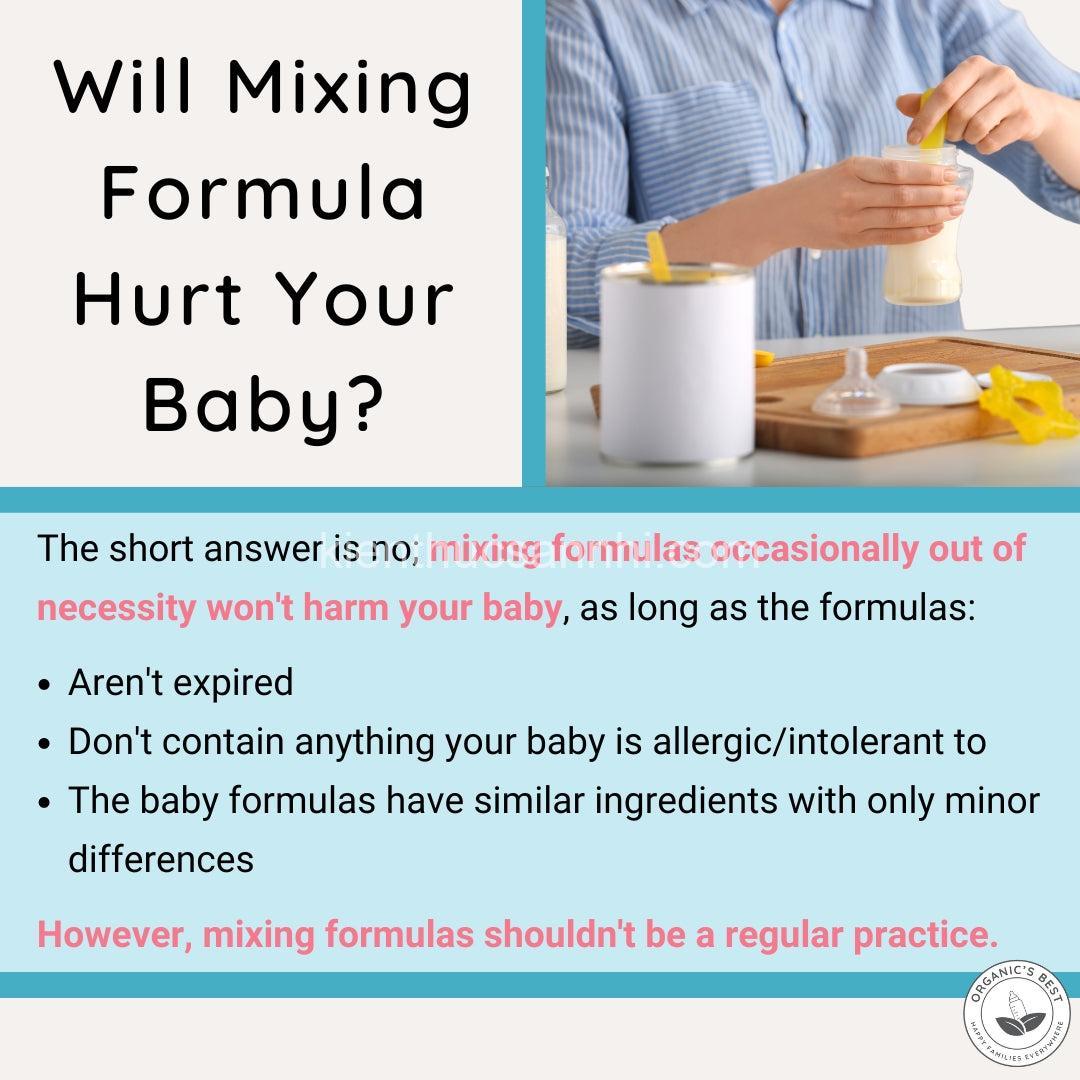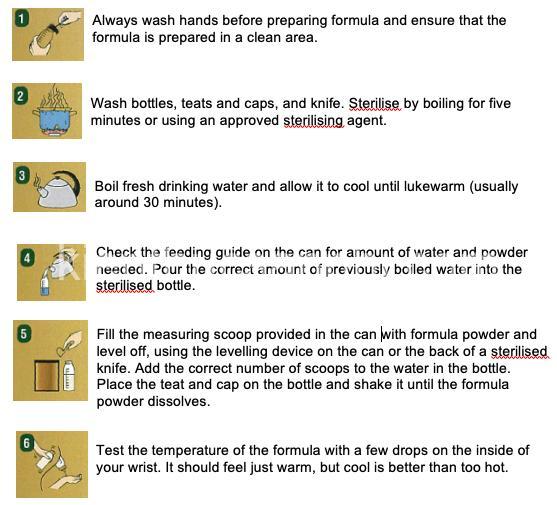
Combining Formulas: Understanding Compatibility & Applications. In today’s article, kienthucsannhi.com will explore with you in the most detailed and complete way. See now!
Understanding Formula Compatibility & Combining Methods
Formulas are the building blocks of math, allowing us to express relationships between variables and constants. We encounter them in various fields, from simple arithmetic calculations to complex scientific models. But what happens when we need to combine different types of formulas to solve a more complex problem?
Why combine formulas?
The answer is simple: combining formulas allows us to tackle complex problems and perform more sophisticated calculations. For example, imagine calculating the volume of a rectangular prism. You’ll need to combine the formula for calculating the area of a rectangle (length x width) with the formula for calculating the volume of a prism (area x height).
The Key to Success: Compatibility
The first thing to consider when combining formulas is compatibility. Not all formulas can be easily combined. Think about it like mixing ingredients in a recipe – some ingredients work well together, while others don’t.
Let’s break down the different types of formulas:
- Arithmetic Formulas: These involve basic operations like addition, subtraction, multiplication, and division.
- Algebraic Formulas: These formulas include variables and constants, expressing relationships between quantities.
- Geometric Formulas: These formulas calculate properties of shapes like area, volume, and surface area.
- Financial Formulas: These formulas are used for investment analysis, loan calculations, and other financial calculations.
While arithmetic formulas are generally compatible with other types, you need to be careful about the order of operations (PEMDAS/BODMAS) when combining them. Algebraic formulas can be combined with arithmetic formulas, but they may require substitution or rearrangement. Geometric formulas often require the use of arithmetic and algebraic formulas for calculations. Financial formulas can be combined with other formulas, but specific rules and conventions might apply.
Methods for Combining Formulas
Here are some common methods for combining different types of formulas:
- Substitution: This involves replacing a variable in one formula with the result of another formula. For example, if you have a formula for calculating the area of a circle (πr²), and you want to use it to calculate the volume of a cylinder (πr²h), you can substitute the value of the area (πr²) into the volume formula.
- Rearrangement: This involves manipulating one formula to solve for a specific variable and then substituting it into another formula. For example, if you have a formula for distance (d = rt) and you want to use it to calculate time (t = d/r), you can rearrange the distance formula to solve for time and then substitute it into another formula that involves time.
- Iteration: This method involves applying a formula repeatedly to refine the result. This is often used in financial calculations to calculate compound interest.
Remember, combining formulas is like building a puzzle. You need to understand how the pieces fit together and make sure you have the right tools and knowledge to create a successful outcome.

Practical Applications & Examples
Combining formulas isn’t just a theoretical concept; it has real-world applications in various fields. Here are some examples:
Engineering:
- Calculating stress and strain on a beam: This involves combining formulas from mechanics and materials science to determine how a beam will behave under load.
- Designing a bridge: Engineers need to combine formulas from geometry, statics, and materials science to ensure the bridge is structurally sound and can handle traffic loads.
Physics:
- Determining the trajectory of a projectile: This involves using kinematic equations to calculate the position, velocity, and acceleration of a projectile over time.
- Calculating the energy of a moving object: This involves combining formulas from mechanics to determine the kinetic and potential energy of the object.
Finance:
- Calculating the return on investment: You can use formulas for interest and growth to determine the profitability of an investment.
- Determining loan repayment: Financial formulas help you calculate the amount of monthly payments and the total interest paid over the lifetime of a loan.
These are just a few examples of how combining formulas is used in various fields. By understanding the principles of compatibility, methods, and limitations, you can explore even more complex applications.
Considerations & Limitations
While combining formulas can be powerful, there are certain considerations and limitations to keep in mind.
- Units of Measurement: When combining formulas, always make sure that all values are expressed in compatible units. For example, if you’re calculating the area of a rectangle, you need to make sure that the length and width are both in meters or centimeters.
- Domain of Validity: It’s crucial to understand the domain of validity for each formula. This means that certain formulas might only be applicable under specific conditions or for certain ranges of values. For example, a formula used to calculate the speed of an object might only be accurate for speeds below the speed of light.
- Order of Operations: Following the order of operations (PEMDAS/BODMAS) is critical when combining formulas, especially if they involve multiple operations. Remember, parentheses, exponents, multiplication, division, addition, and subtraction have a specific order that must be followed to ensure accurate results.
- Potential Errors: Always be mindful of rounding errors and potential inaccuracies that can occur when combining formulas. These errors can accumulate, especially when dealing with complex calculations, so it’s important to be aware of them and to use appropriate rounding rules.
Beyond the Basics
As you become more comfortable combining formulas, you can delve into more advanced applications.
- Advanced Formula Combinations: In fields like physics, engineering, and finance, more complex combinations of formulas might be necessary to model intricate systems and solve problems.
- Software Tools for Formula Combination: There are various software tools and resources available to help you combine formulas, especially in spreadsheets and coding. These tools can automate calculations, generate reports, and visualize results.
- Resources for Further Exploration: If you’re interested in learning more about combining formulas, several online resources and learning materials are available. You can find tutorials, articles, and courses on various websites and platforms.
FAQs
What happens if I combine incompatible formulas?
Combining incompatible formulas can lead to incorrect results. Think of it like trying to mix oil and water – they simply don’t blend. It’s essential to understand the underlying principles of each formula and ensure they are compatible before attempting to combine them.
How do I know which formulas to combine?
The best approach is to carefully analyze the problem you’re trying to solve and identify the relevant formulas. Then, consider the compatibility of these formulas and choose the appropriate methods for combining them.
Are there any common mistakes to avoid when combining formulas?
Yes, a common mistake is forgetting to consider the units of measurement. Make sure all values are expressed in compatible units before combining formulas. Also, remember to follow the order of operations to avoid errors in your calculations.
What are some practical applications of combining formulas?
Combining formulas is used in various fields, including engineering, physics, finance, and more. For example, engineers use combined formulas for structural analysis, physicists use them for modeling motion and forces, and financial analysts use them for investment analysis and loan calculations.
Can I use software to help me combine formulas?
Yes, several software tools can help you combine formulas, especially in spreadsheets and coding environments. These tools can automate calculations, generate reports, and visualize results.
Conclusion
Combining formulas can be a powerful tool for solving complex problems and exploring intricate relationships. By understanding the principles of compatibility, methods, and limitations, you can effectively use this technique in various fields. Remember to practice, experiment, and always be mindful of potential errors. For more valuable information and resources on animals, visit kienthucsannhi.com!







